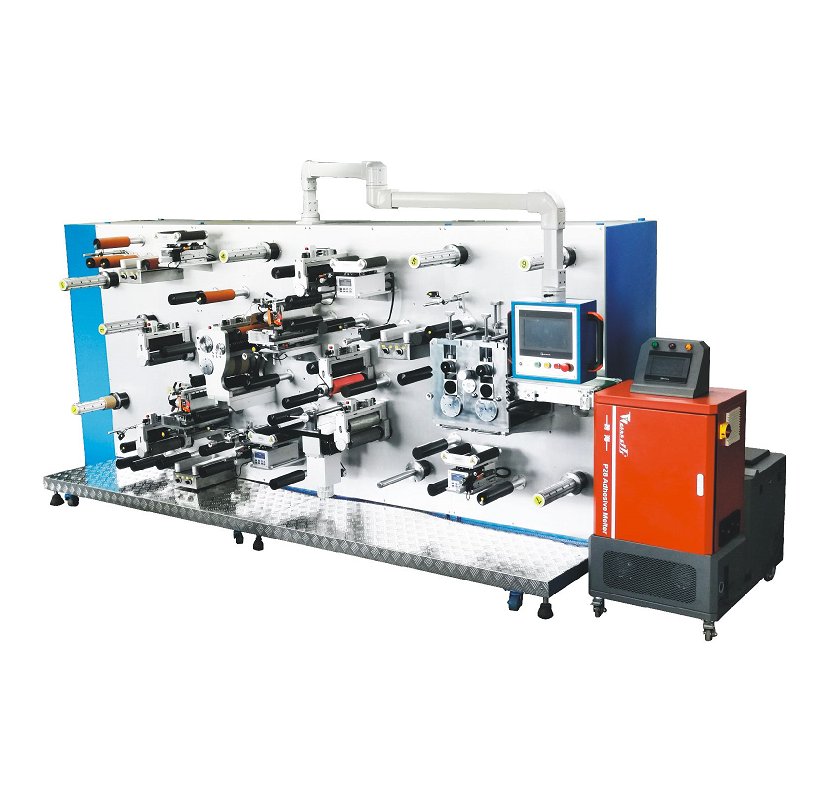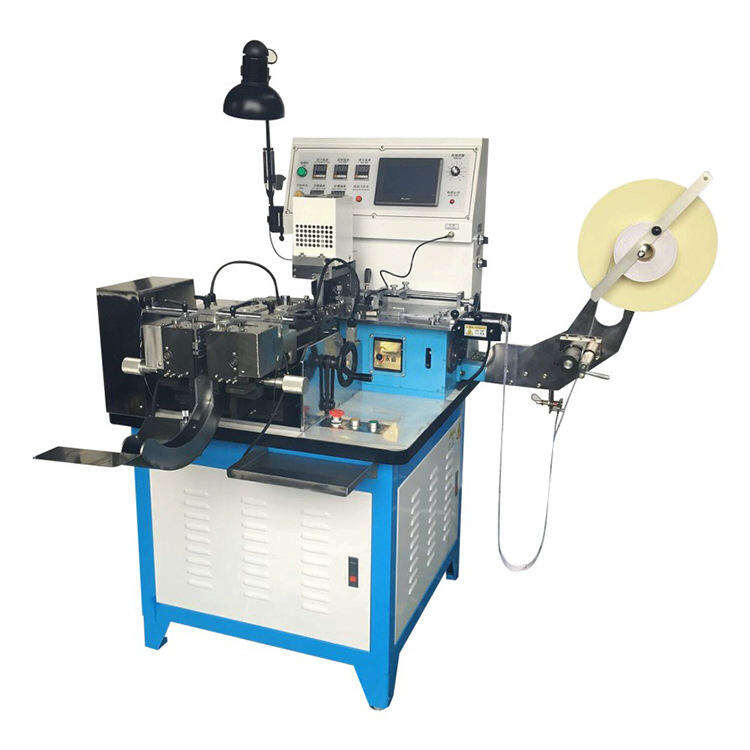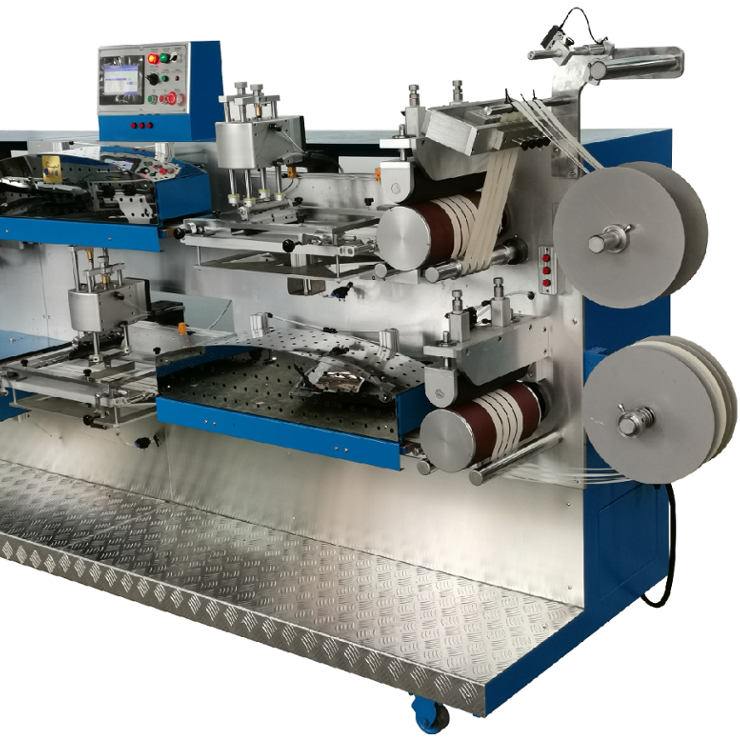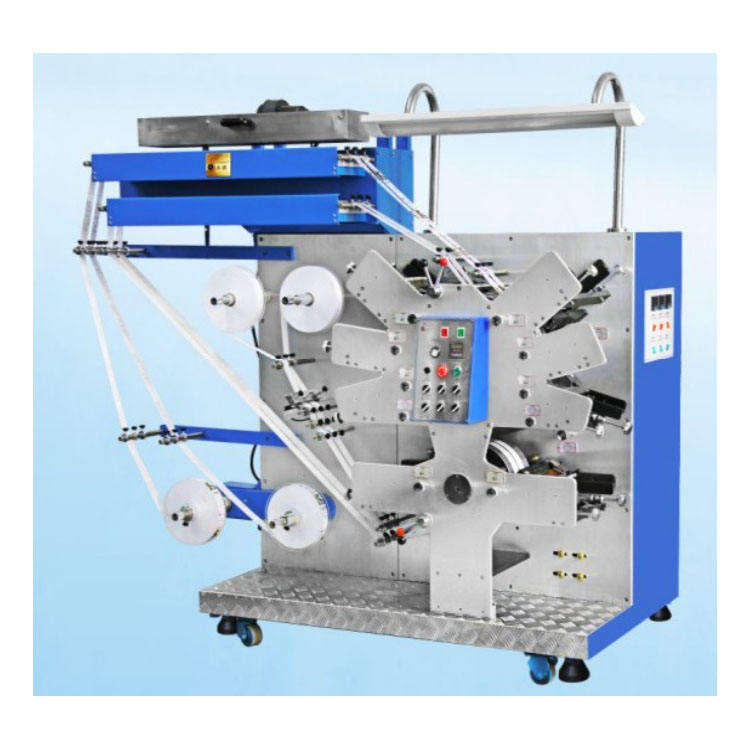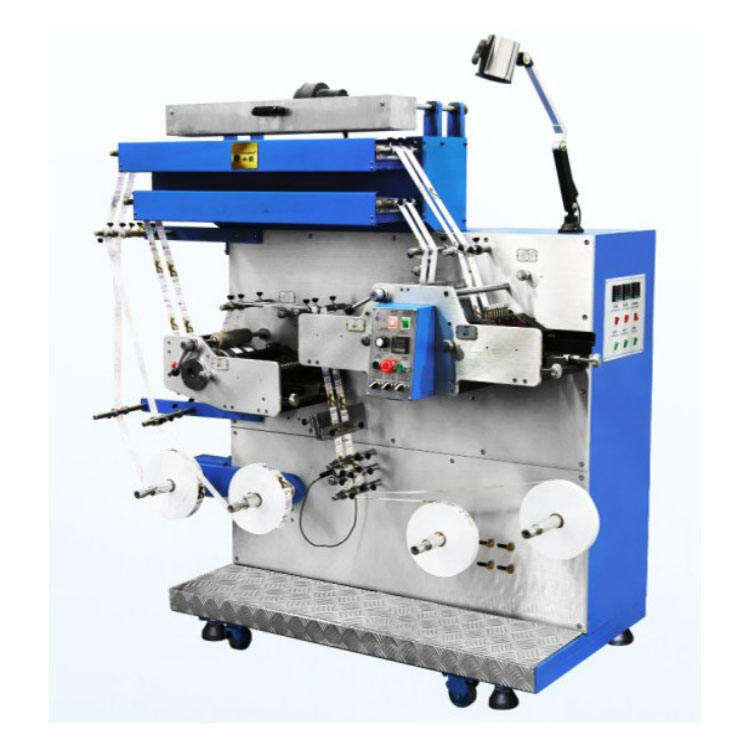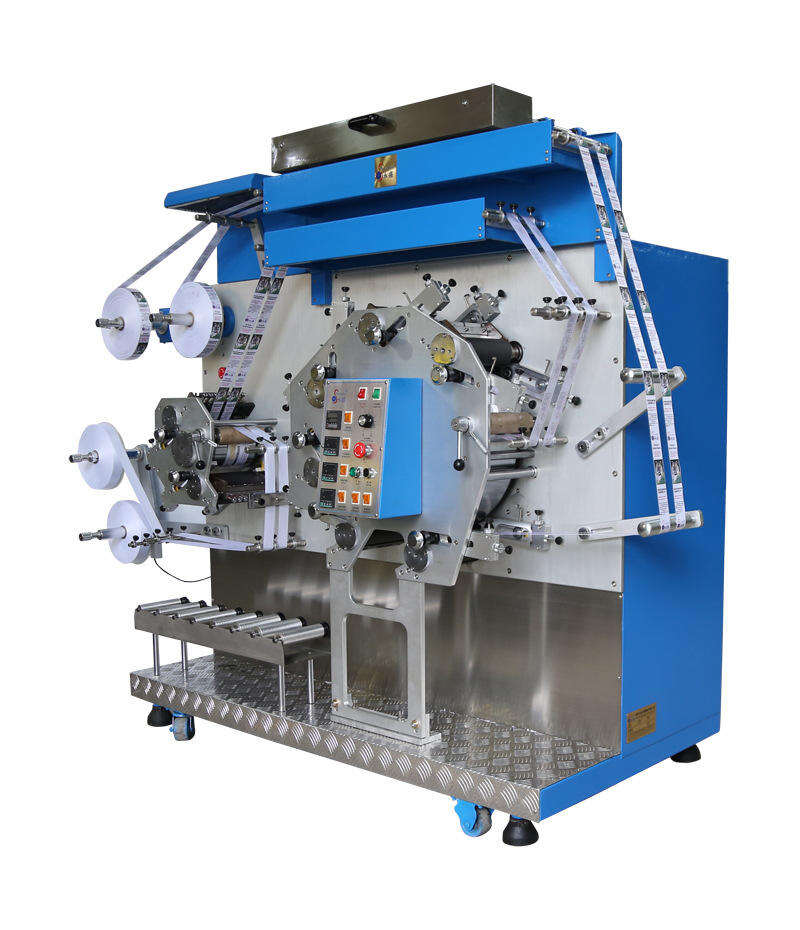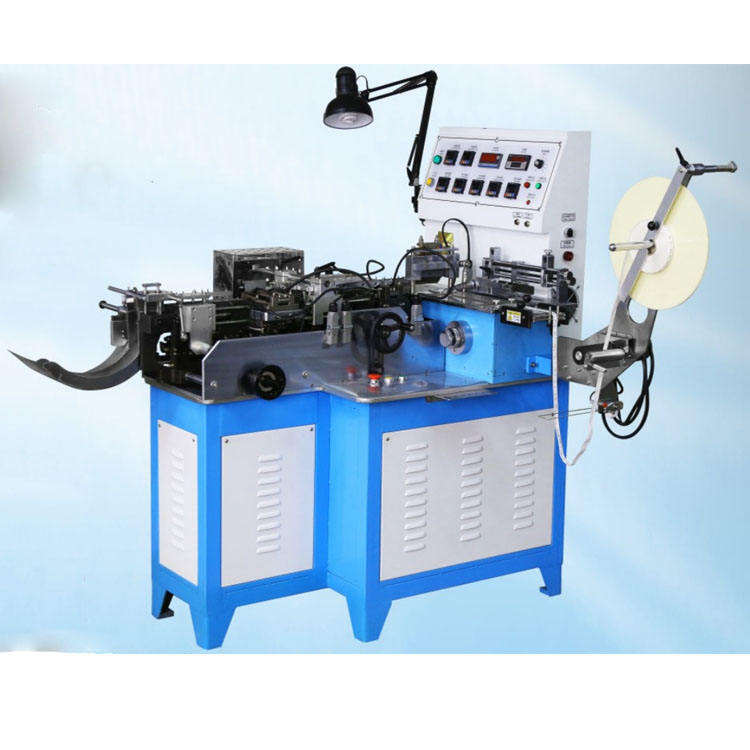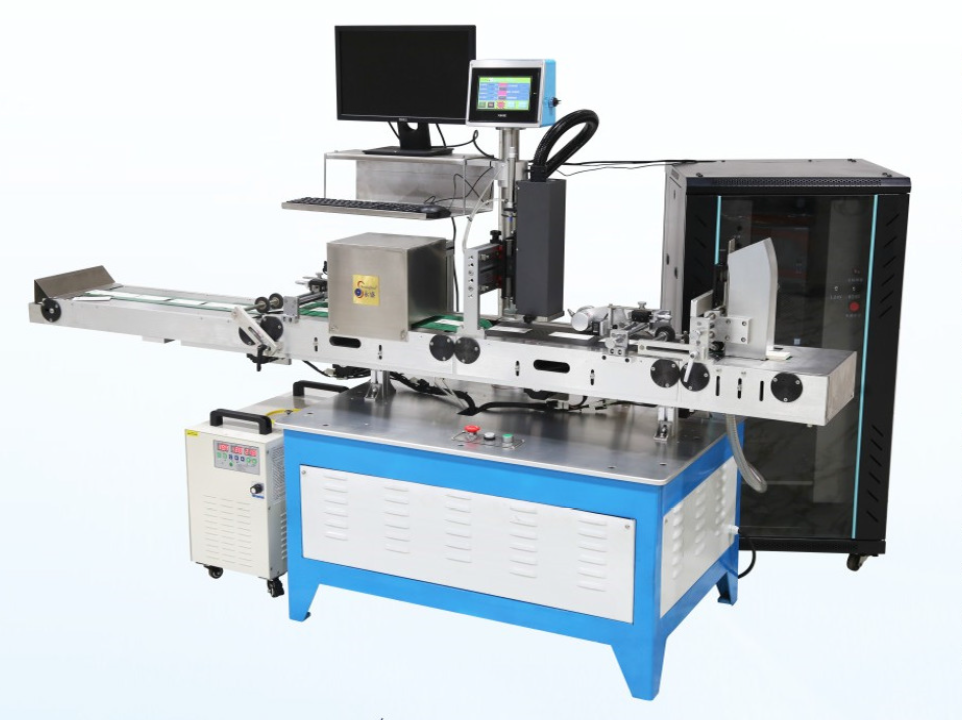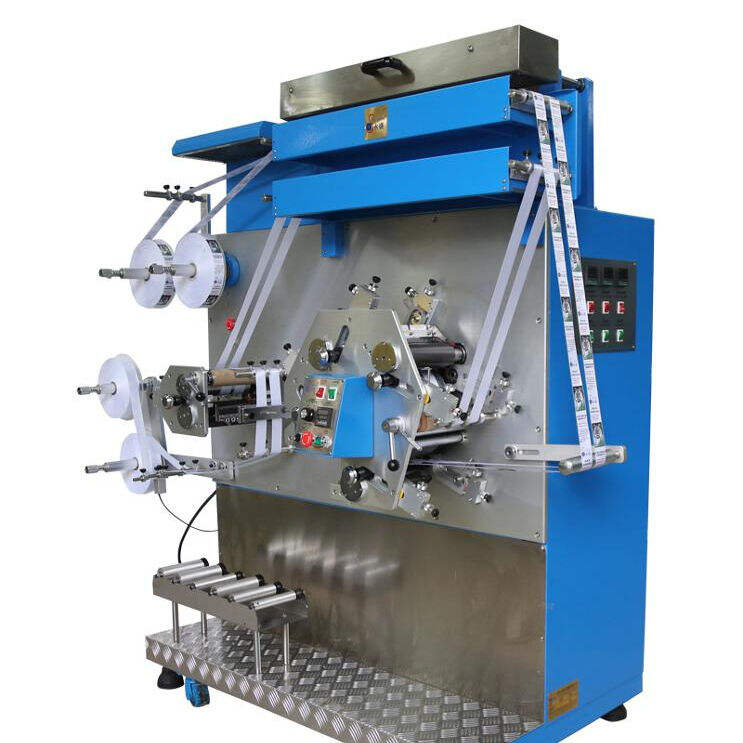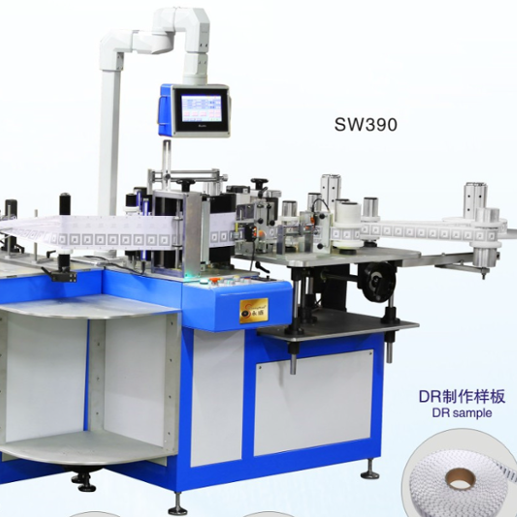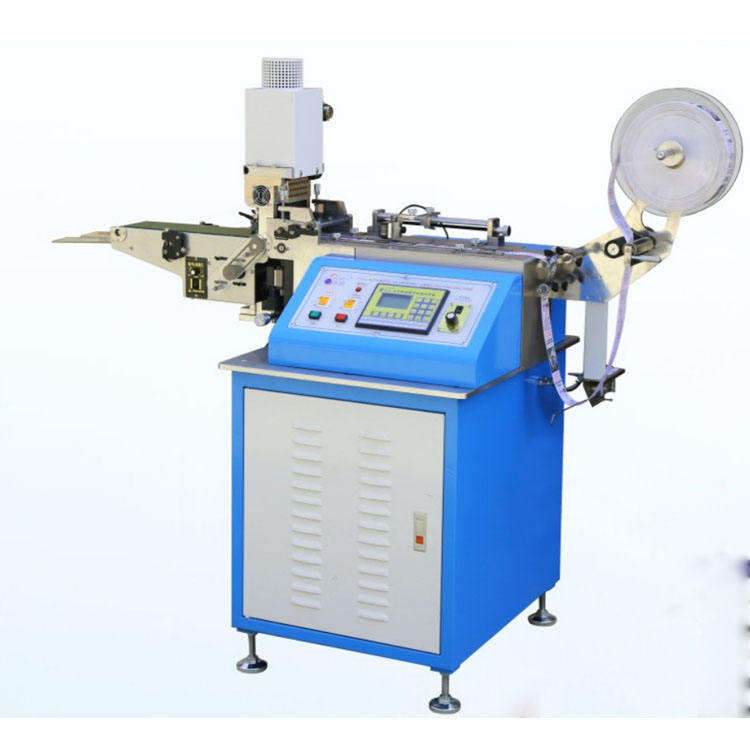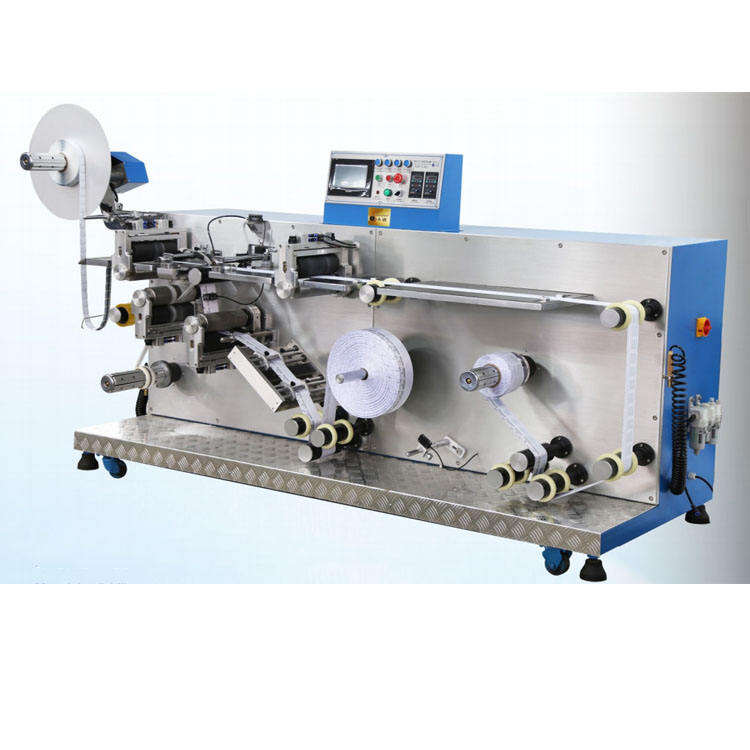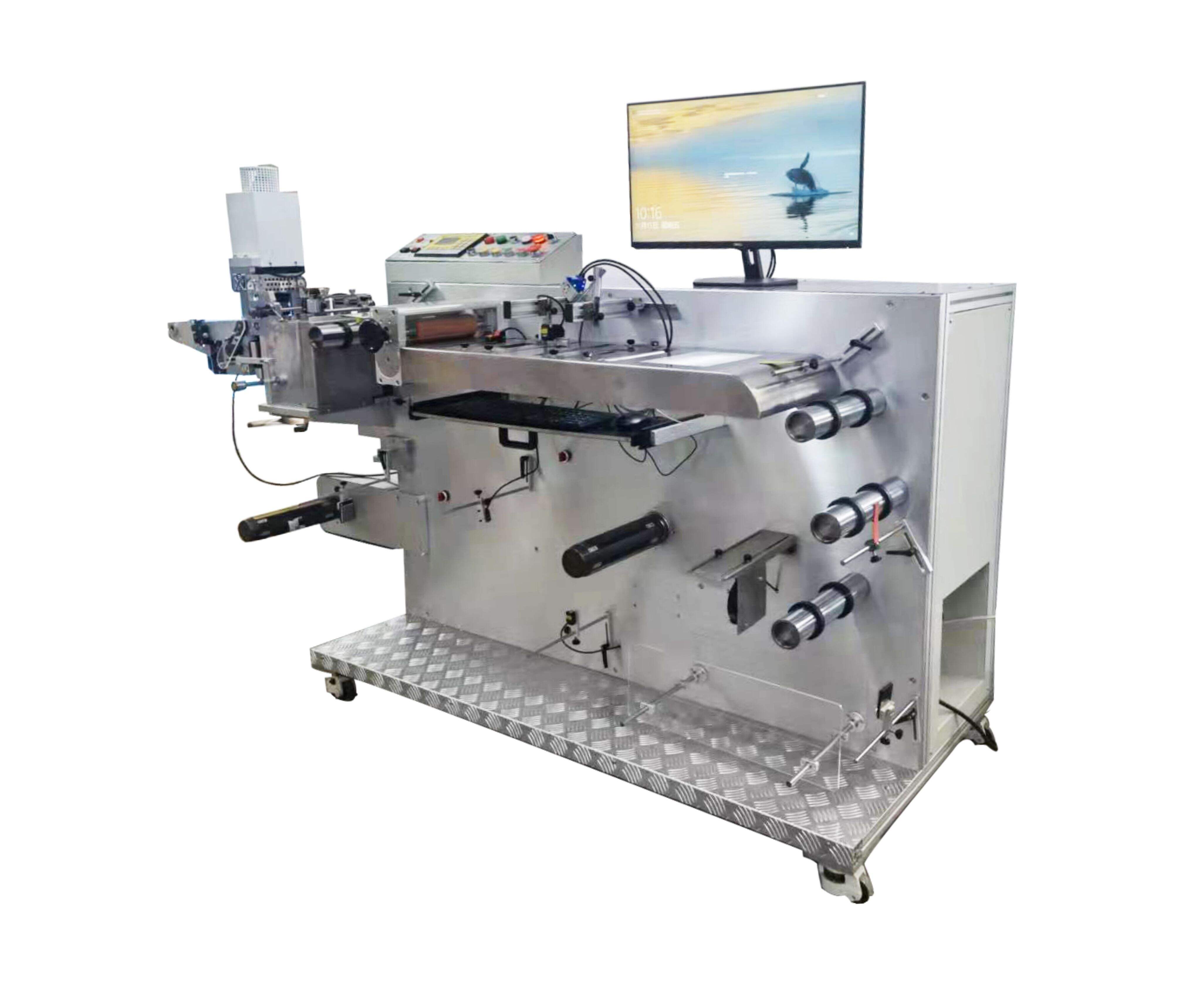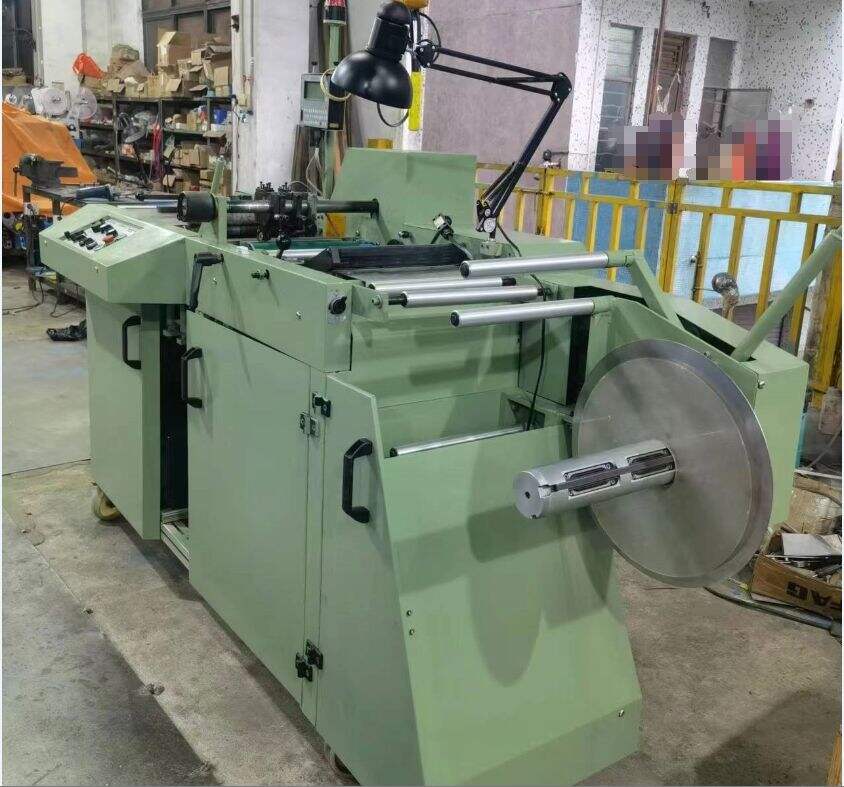Industrial-Strength Labeling Equipment for Harsh Environment Applications
Understanding Offset Printing for Label Production
How Offset Printing Works for Labels
Offset printing is a sophisticated technique where images are transferred from metal plates to a rubber blanket and then onto label materials, ensuring high-quality impressions. This process utilizes a four-color method known as CMYK—comprising Cyan, Magenta, Yellow, and Black—to create vibrant, full-color labels. It's the ideal choice for industries requiring large volumes efficiently, such as commercial applications. Let's further dissect the process to understand its efficiency:
- Pre-Press Setup: Involves preparing printing plates and organizing the design layout.
- Inking: Applying the ink using rollers that deliver precise amounts for vivid imagery.
- Printing: The actual transfer of images onto materials through the rubber blanket.
- Post-Press Finishing: Includes cutting, binding, or any other necessary final touch-ups.
This method has numerous advantages in label production, especially in delivering superior consistency and quality for large print runs, making it a preferred choice for businesses looking to balance quality with cost-effectiveness.
Key Components of Offset Label Presses
Offset label presses are composed of critical components like the plate cylinder, rubber blanket cylinder, and impression cylinder. Each plays a pivotal role in ensuring high-quality label production. Understanding the detailed specifications of ink feeders, dampening systems, and drying processes can lead to improved performance and product quality. Here are some key insights into these components:
- Plate Cylinder: Responsible for carrying the image from the metal plates to the rubber blanket.
- Rubber Blanket Cylinder: Transfers ink from the plate cylinder to the label material, allowing flexibility and consistency.
- Impression Cylinder: Exerts pressure through which the rubber blanket stamps the ink onto the substrate.
Many modern offset presses incorporate automation features that cater to customization needs, enhancing accuracy and reducing human error. Automation facilitates distinct label requirements, such as different sizes and shapes, while optimizing efficiency in production speed, making modern offset presses indispensable in contemporary printing operations.
Advantages of Offset Printing Solutions for Bulk Labels
Superior Cost Efficiency in Large Volumes
Offset printing is widely recognized for its significant cost efficiency in producing large volumes of labels. This method spreads the initial setup costs over a greater number of products, allowing firms to enjoy substantial savings. When printing label runs exceeding 1,000 units, the per-unit cost drops considerably, making it an attractive option for businesses aiming to minimize expenses while maintaining high output. Additionally, offset printing leverages bulk materials and streamlined processes to further reduce operational expenses, validating its reputation for cost-effectiveness when dealing with large-scale production.
Consistent Print Quality Across Runs
One of the distinct advantages of offset printing is its ability to ensure consistent print quality across extensive runs. This consistency is crucial for maintaining brand identity as it preserves color integrity and quality from the first label to the last. Integrated quality control measures within offset presses help identify and rectify any issues during the printing process, maintaining high standards without compromising efficiency. The technology used in offset printing significantly reduces variations typically seen with other methods, offering business owners confidence in the reliability of their product labeling.
Wide Material Compatibility for Labels
Offset printing shines in its compatibility with a vast array of materials, broadening the creative possibilities for label production. Whether labels are printed on paper, cardboard, or synthetic substrates, this flexibility allows businesses to select materials that meet specific requirements, such as durability, moisture resistance, or visual appeal. Offset printing's capacity to achieve attractive finishes and textures with the right inks and substrates enhances the product's marketability, offering a tailored approach to label solutions that suit diverse industry needs.
Offset vs. Digital: Best Fit for High-Volume Labels
Economies of Scale Comparison
When it comes to high-volume label production, offset printing is a standout choice because it excels in leveraging economies of scale. This printing method significantly reduces costs per label, especially beneficial for large and repetitive orders. By spreading the initial setup costs over thousands of units, offset printing becomes exceptionally cost-effective, unlike digital printing, which is faster for smaller jobs or last-minute requirements but tends to escalate in cost as production runs scale up. Fully understanding these cost dynamics is essential for any business aiming to choose the most efficient printing solution according to their production needs.
Color Accuracy & Detail Reproduction
Offset printing is unparalleled in its ability to produce vibrant colors and fine details, making it the gold standard for projects where color accuracy and detail reproduction are crucial. This process utilizes high-quality inks that allow for impeccable color matching and detailed imaging, essential for upholding brand integrity and aesthetic goals. While digital printing has made strides in color reproduction, it still falls short of the intensity and precision that offset methods deliver. For companies focused on maintaining a consistent brand presence, offset printing provides the assurance of quality and reliability that digital solutions have yet to fully match.
Key Offset Printing Solutions for Industrial Labels
RFID Labeling Machine: Precision Tagging System
RFID labeling machines have revolutionized industrial labeling by integrating offset printing technology to produce labels embedded with RFID tags. This innovation enhances inventory management and tracking at unprecedented precision and speed, vital for businesses aiming to keep up with inventory levels accurately. By blending RFID technology with offset printing, these machines exemplify the cutting-edge advancements available in label production solutions. The ability to handle various tag types and materials makes them adaptable across diverse industries such as logistics and retail.
Auto Multi-Functional Woven Label Cutting/Folding Machine
In modern manufacturing, machines that automate the cutting and folding of woven labels drastically reduce manual labor and the time required for precision tasks. This technological evolution is essential in the fashion and apparel industries, where presentation is paramount. Combining these machines with offset printing ensures not only high-quality labels but also consistent results that meet industry standards. This integration showcases the synergy between automation and traditional printing technologies, allowing businesses to enhance their efficiency and product presentation.
Computer-Controlled Garment Label Screen Printer
Computer-controlled garment label printers embody flexibility and precision, accommodating intricate designs and substantial orders. When paired with offset printing techniques, these systems achieve enhanced color vibrancy and label longevity, appealing to diverse fashion standards. Furthermore, they enable reduced setup times and minimize errors, making them perfect for on-demand and urgent printing needs. This combination illustrates how modern printing technologies can cater to the high demands of the fashion industry efficiently.
On-Running Registration Flexo Narrow Label Press
The On-Running Registration Flexo Narrow Label Press is essential for producing narrow labels with high-speed operations while ensuring registration accuracy. By utilizing flexographic plates combined with offset methods, this press promises a harmonious blend of speed and quality, especially suitable for niche product lines requiring precision labeling. Industries demanding exact labeling can harness this technology to maintain high productivity without compromising label quality.
6-Color Anilox Roller Flexo Label Printer
The 6-Color Anilox Roller Flexo Label Printer employs an impressive range of advanced printing technologies, utilizing six colors to craft stunning visuals and elaborate designs on labels. The anilox roller component is pivotal for ensuring consistent ink transfer and minimizing waste, key factors in boosting overall production efficiency. Brands looking to create striking labels that stand out on shelves find this printing technology highly advantageous, thanks to its ability to produce unique and eye-catching designs efficiently.
Optimizing Label Production Costs with Offset Technology
Reducing Per-Unit Expenses Through Scale
Leveraging offset printing technology can significantly reduce per-unit expenses as production volumes increase. This cost efficiency is a major advantage because the costs of setup and materials are distributed across larger quantities, making it financially viable for businesses with high production demands. To maximize savings, it is crucial for companies to accurately forecast demand and plan print runs accordingly to fully capitalize on this economic benefit.
Long-Term Savings on Maintenance & Plates
Investing in offset printing technology can lead to substantial long-term savings due to the durability of plates and systems, which results in reduced replacement costs over time. With routine maintenance, the lifespan of equipment can be significantly extended, ensuring consistent quality and performance. The amortization of one-time expenses over multiple projects also contributes to lower operational costs, enhancing the overall financial appeal of adopting offset printing solutions.
Recommended Products
Hot News
-
Reflect On The Cultural Significance Of The Printing Press In Preserving And Disseminating Knowledge
2023-12-08
-
The Role Of The Printing Press In The Global Economy
2023-12-08
-
Environmental Impact: Analyzing The Environmental Footprint Of The Printing Industry
2023-12-08
-
The Frontier Of Printing: 3d Printing And Its Industrial Renaissance
2023-12-08
-
The Evolution And Impact Of The Printing Press
2023-12-08
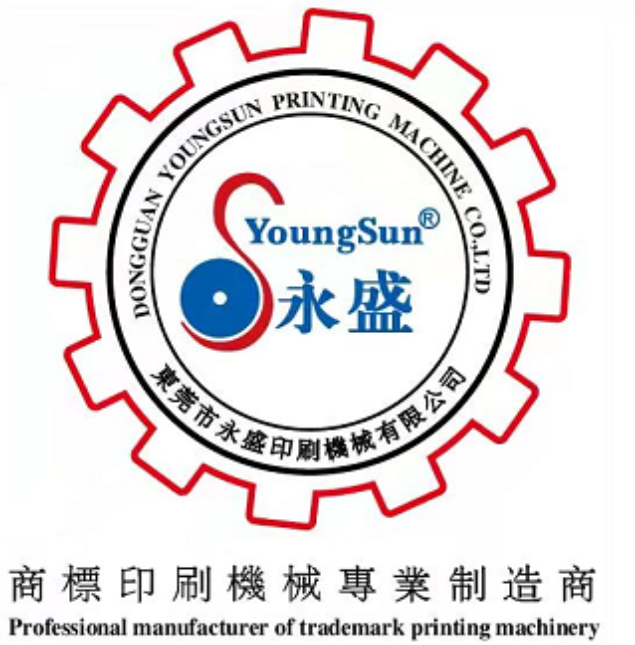
 EN
EN
 AR
AR
 CS
CS
 DA
DA
 NL
NL
 FI
FI
 FR
FR
 DE
DE
 EL
EL
 HI
HI
 IT
IT
 JA
JA
 KO
KO
 PL
PL
 PT
PT
 RO
RO
 RU
RU
 ES
ES
 SV
SV
 IW
IW
 ID
ID
 VI
VI
 SQ
SQ
 HU
HU
 MT
MT
 TH
TH
 TR
TR
 AF
AF
 GA
GA
 BN
BN
 BS
BS
 LO
LO
 LA
LA
 MI
MI
 MN
MN
 NE
NE
 MY
MY
 KK
KK
 UZ
UZ
 KY
KY
